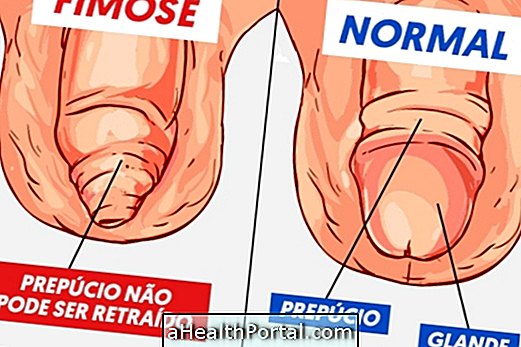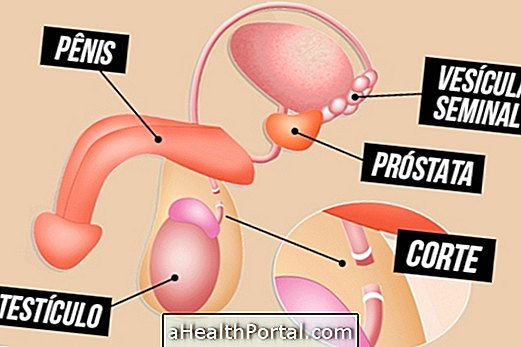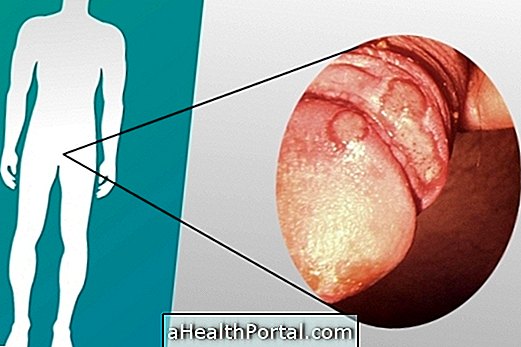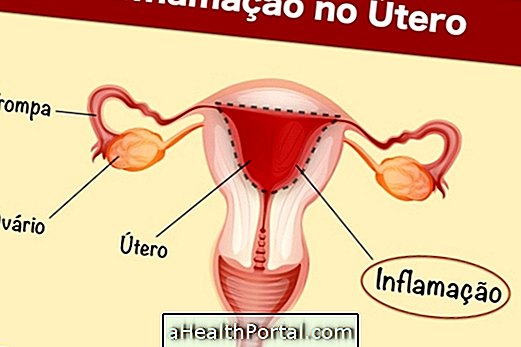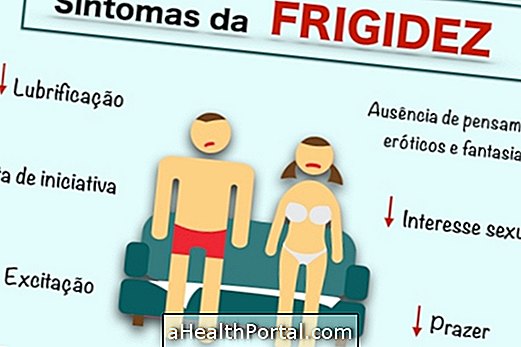Testicular self-examination is an examination that man himself can do to look for changes in the genital organ and is useful for early identification of the development of diseases such as infections or cancer of the testis.
Testicular cancer is more common in young people aged 15-35, but it is easily treated as long as it is identified early, and it may not be necessary to remove both testicles and maintain fertility.
Learn more about testicular cancer and how the treatment is done.
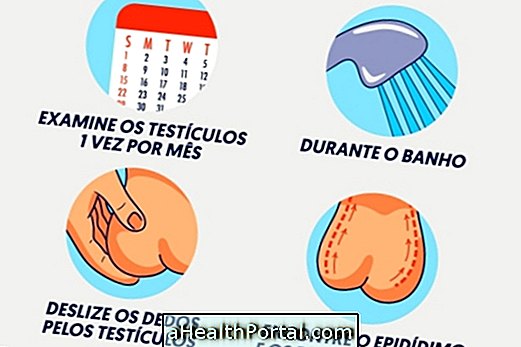
3 Steps to Testicular Self-Exam
The testicular self examination should be done during the bath, as it is a time in which the skin of the genital region is more relaxed, facilitating the manipulation of the testicles. Then follow these steps:
- Observe for changes in texture or color of the scrotal sac, standing in front of the mirror, before entering the bath;
- Place the middle finger and forefinger behind the testicle and the big toe on top of the testicle . Then slide the testicle between your fingers to assess the presence of lumps and other changes;
Find the epididymis and the vas deferens, which are the small canals located just behind or on top of the testis, where the sperm passes. These channels should be identified not to be confused with a suspected mass or a swollen ganglion.
It is normal for this test to identify that there is a lump that lies lower than the other. Alarm signs are usually the presence of pea-sized, pain-free crowns on the front of the testicles or changes in the size of the testicles, for example.
When to do self-examination of the testicle
Self-examination of the testicles should be done at least once a day, preferably after a warm bath, as the heat relaxes the region, making it easier to observe changes. However, self-examination can also be done every day, as better knowledge of one's own body helps to identify early signs of various diseases.
Testicular self-examination should be done from adolescence, so that the man is aware of the normal size and shape of the testicles and more easily see any changes in these organs.
What changes may be a sign of problems
During the self-examination, the man be aware of changes in the testicles such as:
- Difference in size;
- Feeling of weight in the scrotum;
- Presence of a hard mass or lump in the testicle;
- Pain in the lower belly or groin area;
- Presence of blood in the scrotum;
- Pain or discomfort in the testicle or scrotum.
If there is any kind of change, it is advisable to make an appointment with a urologist to identify the right cause and start the most appropriate treatment, since there are several problems that can cause the same cancer changes, such as epididymitis or hydrocele, for example .
See the 7 leading causes of livers in the testicles.
